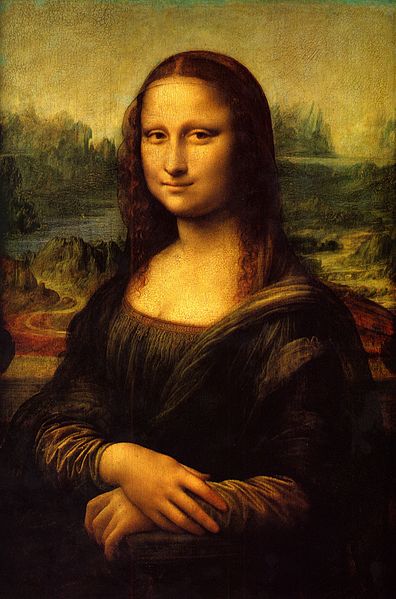3D Printing for the Blind

3D printing may help the blind experience painting such as the Mona Lisa. Courtesy of the Musée du Louvre.
Latest News
April 17, 2013
For all the power additive manufacturing (AM) has to change the face of manufacturing, it also holds as much promise to aid the individual. Aspects of this promise can be found in projects such as the WREX program to assist disabled children, or in the case of amputee C.J. Howard, where 3D printing was used to give him a chance to continue with his athletic lifestyle, regardless of his disability.
As most people that follow AM know, if there is one thing the technology does well it is complexity. It is this facet of AM that allows it to aid people with all kinds of handicaps, including the blind. Tactile sensation is obviously very important for the way the blind interact with their environment and 3D printing can build complex objects designed for a tactile experience to aid the blind in learning more about the world around them.
 3D printing may help the blind experience paintings such as the Mona Lisa. Courtesy of the Musée du Louvre.
3D printing may help the blind experience paintings such as the Mona Lisa. Courtesy of the Musée du Louvre.Our first example is from a contest for cultural entrepreneurship at Harvard University. The Midas Touch project, a finalist in the contest, intends to use AM to help the blind experience art, and more specifically art with a visual medium, such as paintings. Midas Touch wants to reproduce paintings in 3D, giving a blind audience a chance to interact with a painting.
Imagine a classic, such as the Mona Lisa, reproduced using AM. The shape of the subject’s face could be felt to determine features, and the genius of the background composition could be rendered in such a way to provide context for studies of the painting. Colors could prove more difficult, as many of blind people (i.e. those born with the handicap) don’t really have any concept of what makes blue different from red. Still, the students responsible for the project are trying to conceive of ways to make the palette of a painting accessible to the blind.
Another example comes from Sehwerk, a German organization dedicated to assisting the blind. In order to more easily communicate concepts such as what a building looks like, Sehwerk has turned to AM. Buildings are shrunk down to a scale more useful for tactile interaction using CAD software. The model is then printed out and given to blind individuals to explore. Each feature of a building can then be explained more easily as a blind person touches it.
It seems to me that this particular use of AM has a lot of potential for future endeavors. The specialized nature of products created for the blind meshes well with the ability of AM to produce one-off objects at a lower cost than other manufacturing methods. As 3D printing becomes ever more accurate, the range of products that can be created specifically for the blind will only increase.
Below you’ll find a couple of videos about 3D printing and the blind. The first is from Sehwerk (you can probably skip the second half of the video), and the second showcases a Rubik’s Cube designed for blind users.
Sources: VentureBeat, Harvard Gazette, Sehwerk via YouTube
Subscribe to our FREE magazine, FREE email newsletters or both!
Latest News
About the Author
John NewmanJohn Newman is a Digital Engineering contributor who focuses on 3D printing. Contact him via [email protected] and read his posts on Rapid Ready Technology.
Follow DE





